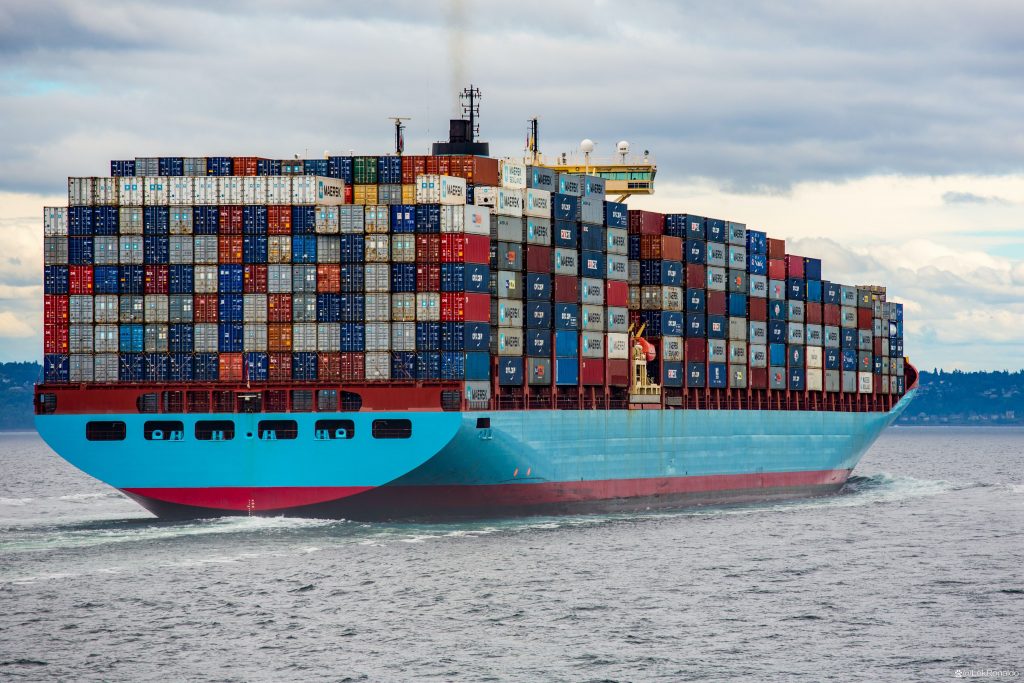
The China-Mexico trade corridor has emerged as a linchpin for global supply chains, fueled by Mexico’s strategic position as a gateway to the U.S. market and China’s dominance in manufacturing. For businesses, seamless logistics between these two economic powerhouses translates to competitive advantage. In this guide, we delve into actionable strategies, emerging trends, and insider tips to optimize China-to-Mexico freight forwarding, ensuring compliance, cost savings, and operational agility.
- Understanding the Unique Dynamics of China-Mexico Trade
China and Mexico’s trade relationship is reshaping North American supply chains. In 2023, Mexico imported over $116 billion worth of goods from China, with electronics, industrial machinery, and textiles leading the list. However, this growth brings challenges:
- Regulatory Hurdles: Navigating Mexico’s SAT (Tax Administration Service) requirements, USMCA compliance, and anti-dumping duties.
- Infrastructure Bottlenecks: Port congestion, rail capacity limits, and trucking delays at the U.S.-Mexico border.
- Geopolitical Risks: Trade tensions, tariffs, and shifting U.S. policies impacting cross-border shipments.
Why Freight Forwarders Matter
Specialized freight forwarders act as navigators, streamlining customs processes, mitigating risks, and leveraging trade agreements like USMCA to secure duty-free status for eligible goods.
- Optimizing Shipping Modes: Air, Ocean, and Cross-Border Trucking
Ocean Freight: Balancing Cost and Speed
- Major Trade Lanes: Shanghai to Veracruz (18–22 days) and Hong Kong to Manzanillo (20–25 days).
- Freight Consolidation: Reduce costs with LCL (Less than Container Load) for smaller shipments.
- Avoid Delays: Monitor port congestion hotspots like Veracruz and Lázaro Cárdenas. Air Freight: Urgency Meets Precision
- Priority Routes: Guangzhou to Mexico City (3–4 days) for high-value electronics or perishables.
- Cost Management: Balance air freight with bonded warehousing to avoid overpaying for expedited services. Cross-Border Trucking: The Final Mile
- Key Border Crossings: Laredo (Texas) to Monterrey (Mexico) handles 40% of U.S.-Mexico trade.
- Pre-Clearance Strategies: Submit customs documentation electronically via ACE (Automated Commercial Environment) to avoid wait times.
- Navigating Compliance and Documentation
Essential Paperwork for Mexico Imports
- Commercial Invoice: Detailed product descriptions, value, and harmonized tariff codes (HTS).
- Certificate of Origin: Verify eligibility for USMCA preferential tariffs.
- Import License: Required for restricted items like agricultural goods or pharmaceuticals.
Pro Tip: Partner with a forwarder to automate documentation using AI-driven platforms, reducing errors by 30%.
USMCA Compliance: Avoid Costly Mistakes
- Rules of Origin: Ensure products meet regional value content (RVC) thresholds (e.g., 62.5% for most goods).
- Recordkeeping: Maintain bills of lading, invoices, and certificates for at least 5 years.
- Tackling Common Challenges with Proactive Solutions
Mitigating Port Delays
- Alternate Ports: Use Altamira or Lazaro Cardenas if Veracruz faces congestion.
- Real-Time Tracking: Implement IoT sensors on containers to monitor location and condition. Managing Customs Risks
- Prepaid Duties: Use bond options to avoid cash flow disruptions during audits.
- Dedicated Brokers: Hire local Mexican customs brokers for faster clearance. Sustainability in Logistics
- Eco-Friendly Options: Choose slower ocean routes or carbon-offset air freight to reduce emissions.
- Green Certifications: Highlight compliance with Mexico’s environmental regulations (e.g., NOM standards).
- Future-Proofing Your China-Mexico Supply Chain
- Digitalization: Adopt blockchain for immutable shipment records and smart contracts.
- Nearshoring Synergy: Leverage Mexico’s maquiladora program for assembly-to-shipment workflows.
- Resilience Planning: Diversify suppliers and maintain buffer inventory to counter disruptions.
How to Partner with a Freight Forwarder That Delivers
When selecting a China-Mexico logistics partner, evaluate:
- Industry Expertise: Do they specialize in your sector (e.g., automotive, electronics)?
- Technology Integration: Can they provide real-time analytics and dynamic pricing?
- Local Network: Do they have trusted partners in Monterrey, Guadalajara, or Mexico City?
Conclusion
Thriving in the China-Mexico trade corridor requires a blend of strategic foresight, regulatory acumen, and cutting-edge technology. By partnering with a freight forwarder that prioritizes innovation and compliance, businesses can unlock faster delivery times, lower costs, and long-term supply chain resilience.
Ready to Transform Your Cross-Border Logistics?
Contact our experts to design a tailored strategy that aligns with your goals—and turns global trade challenges into opportunities.






